Bantry House, a captivating historical treasure situated in the picturesque town of Bantry, County Cork, Ireland, offers an exceptional journey through time for both history enthusiasts and tourists alike. This stunning 18th-century stately home boasts an impressive collection of art, furniture, and tapestries, providing insight into the opulent lifestyles of its past inhabitants. A visit to Bantry House not only transports you back in time but also offers a chance to appreciate its breathtaking gardens and spectacular views over Bantry Bay. This comprehensive guide delves into the rich history of Bantry House, exploring its fascinating heritage and architectural grandeur.
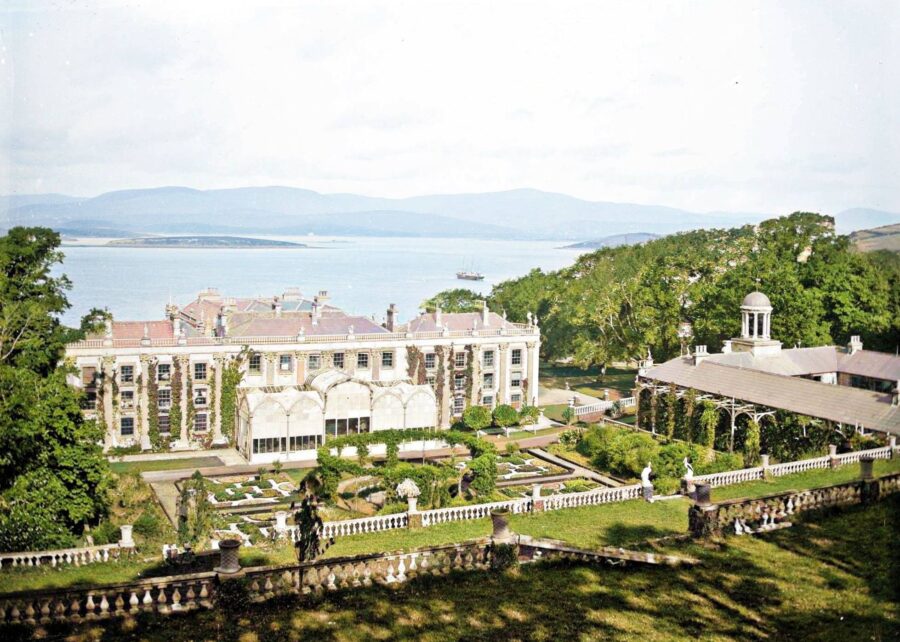
Early Beginnings: Origins of Bantry House
The story of Bantry House begins in the late 17th century, when a modest farmhouse was built on the site by Samuel Hutchinson, a prosperous merchant from County Cork. However, it was in 1701 when the property was purchased by Richard White, that the estate’s true transformation began. White, an ambitious and visionary man, embarked on an extensive expansion project, extending the original farmhouse and adding grandeur to the estate.
The White Family Legacy and the Creation of an Architectural Marvel
The White family played a pivotal role in shaping Bantry House’s history. Over the generations, they continued to expand and develop the estate, turning it into the magnificent mansion we see today. Key figures in the family’s legacy include Richard White (the first Earl of Bantry), his son Richard White (the second Earl), and their descendants.
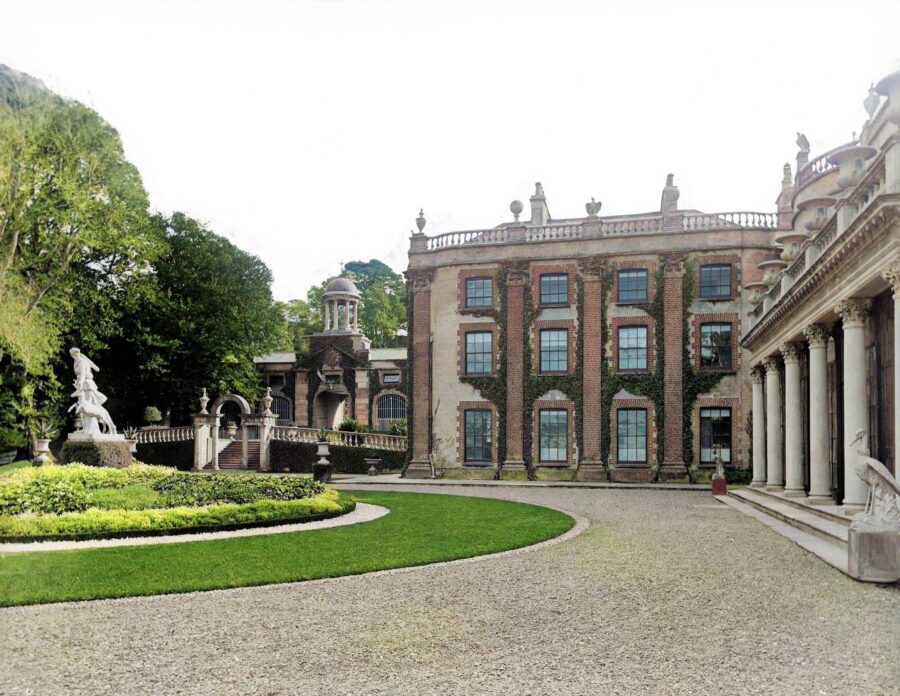
Richard White – The First Earl of Bantry
Richard White was elevated to the peerage as Baron Bantry in 1797 and later became the first Earl of Bantry in 1816. A well-traveled and cultured man, he was inspired by his extensive European trips and incorporated various architectural styles into Bantry House, creating a unique blend of opulence and refinement. During his tenure, the estate’s gardens were designed in the Italianate style, and many of the house’s magnificent furnishings and art pieces were collected.
Richard White – The Second Earl of Bantry
The second Earl of Bantry, also named Richard White, inherited the estate in 1851. Like his father, he was an enthusiastic traveler and collector, amassing an impressive array of art, furniture, and tapestries, many of which remain on display in Bantry House today. Under his guidance, the house underwent further expansion and improvement, including the construction of the grand staircase, which was inspired by the one at the Palace of Versailles.
The White Family’s Philanthropy and Community Involvement
The White family was not only dedicated to the preservation and enhancement of Bantry House, but they were also actively involved in the local community. They were philanthropists and benefactors, contributing to the construction of several churches and schools in the area. The family’s impact on the town of Bantry and its surrounding areas is still evident today, with many local landmarks bearing the White family name.
A Bastion of Irish Heritage: Bantry House During the Irish War of Independence and Civil War
Bantry House played an important role during the tumultuous years of the Irish War of Independence (1919-1921) and the subsequent Civil War (1922-1923). The estate served as a temporary home for British forces and later as a base for the Irish Free State Army. These events left their mark on Bantry House, with bullet holes still visible in the walls of the building. Despite the challenges
Restoration and Revival: Bantry House in the 20th Century
The 20th century saw Bantry House undergo significant restoration and revitalization. The estate was opened to the public in 1946 by the sixth Earl of Bantry, Clodagh Shelswell-White, and her husband Geoffrey Shelswell-White. Their dedication to preserving the estate’s history and cultural significance led to the restoration of the house and its beautiful gardens. During this period, the house’s impressive collection of art, furniture, and tapestries was carefully curated, and the interior spaces were renovated to reflect their original grandeur.
Bantry House as a Cultural Hub and Tourist Destination
Today, Bantry House serves as a cultural hub for the local community and a popular tourist destination for visitors from around the world. The estate hosts a variety of events, such as the annual West Cork Chamber Music Festival and West Cork Literary Festival, both of which attract international audiences. Additionally, the house offers guided tours, allowing visitors to immerse themselves in its fascinating history and admire the breathtaking collection of art, furniture, and tapestries.
Exploring the Gardens and Grounds of Bantry House
The gardens of Bantry House are a key attraction for visitors and a testament to the vision and dedication of the White family. Designed in the Italianate style, the gardens feature terraces, statues, and an array of vibrant flowers and plants. The Walled Garden, a beautifully restored space, boasts an impressive collection of exotic plants, while the Hundred Steps, a striking stone staircase, provides a stunning vantage point for panoramic views of Bantry Bay.
Bantry House as a Venue for Special Occasions
Bantry House has also become a sought-after venue for special occasions, including weddings, private parties, and corporate events. The estate’s elegant rooms and enchanting gardens provide a picturesque backdrop for any celebration. Additionally, Bantry House offers accommodation in the form of luxurious bed and breakfast suites, allowing guests to fully experience the estate’s captivating atmosphere.
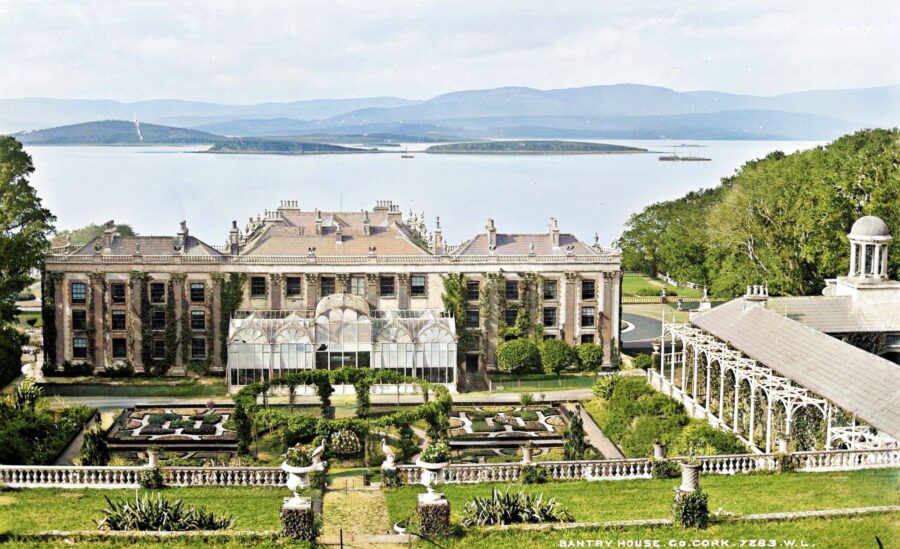
Bantry House’s Commitment to Sustainability and Conservation
Bantry House is committed to sustainable practices and the conservation of its natural and historical surroundings. The estate actively promotes eco-friendly initiatives such as renewable energy, waste reduction, and the use of organic and locally sourced products. Bantry House also works closely with local heritage organizations and government bodies to preserve its historical and cultural significance for future generations to enjoy.
Visiting Bantry House: Practical Information for Tourists
For those planning a visit to Bantry House, the estate is open to the public from April to October. Guided tours are available, offering a unique insight into the house’s captivating history and extensive art collection. The estate also features a charming tearoom, where visitors can enjoy refreshments in a picturesque setting. Bantry House is easily accessible by car, with ample parking available on-site. The town of Bantry, with its selection of restaurants, shops, and accommodation options, is within walking distance of the estate, making it a convenient destination for a memorable day trip or an extended stay.
In summary, Bantry House stands as a testament to the rich history, architectural prowess, and cultural heritage of County Cork, Ireland. Its enchanting gardens, fascinating past, and the dedication of the White family have ensured its continued prominence as a captivating tourist attraction and cultural hub. A visit to Bantry House offers a unique opportunity to step back in time and immerse oneself in the splendor of a bygone era.


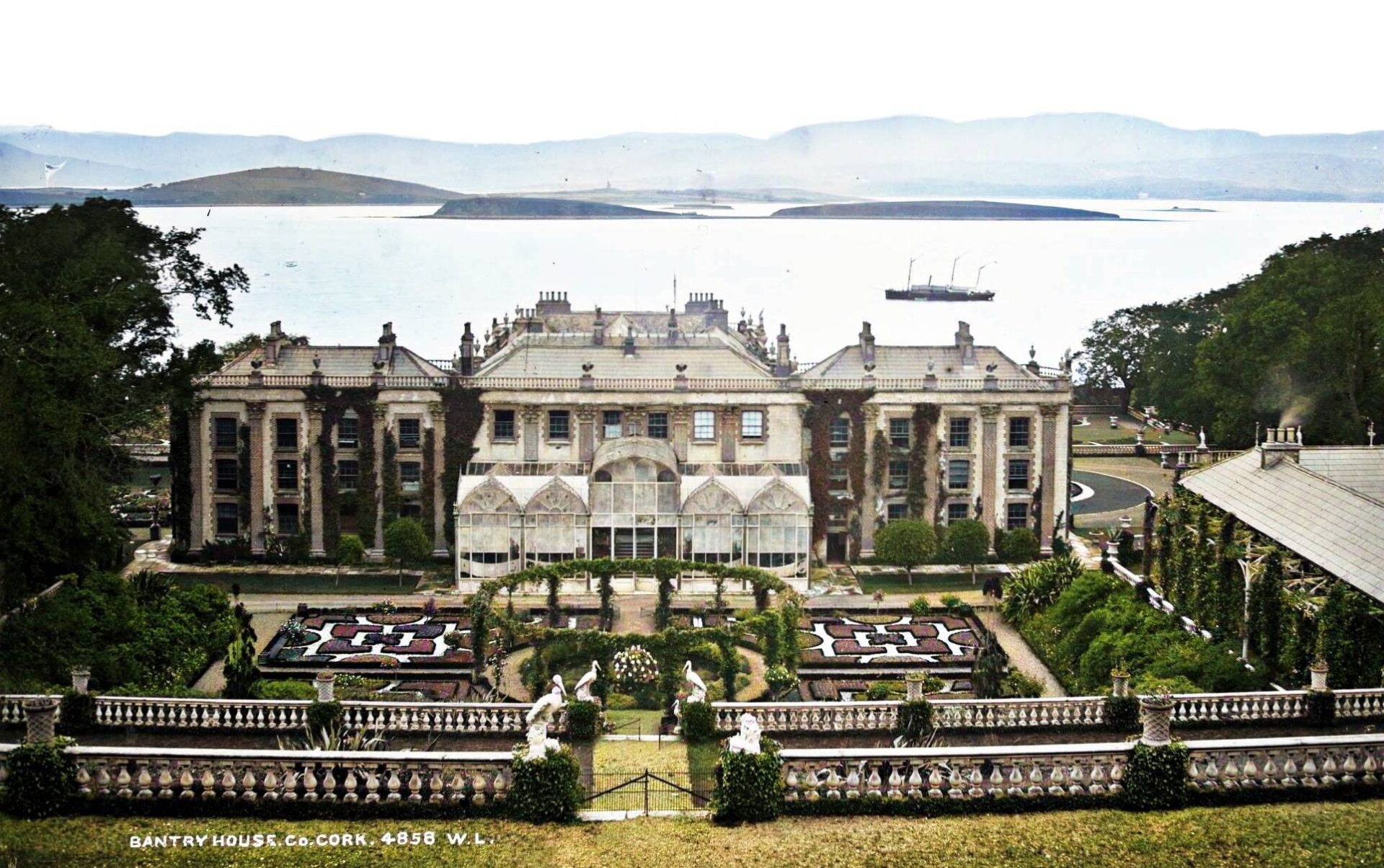
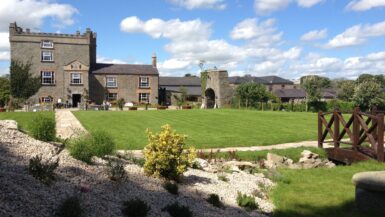
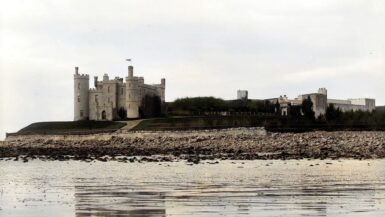
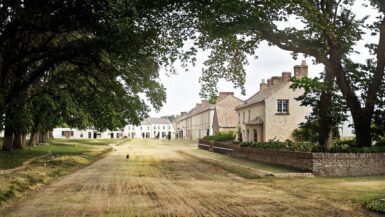
Some of these pictures are colorized old photos. The present Bantry house is very beautiful and attractive but in a different way.